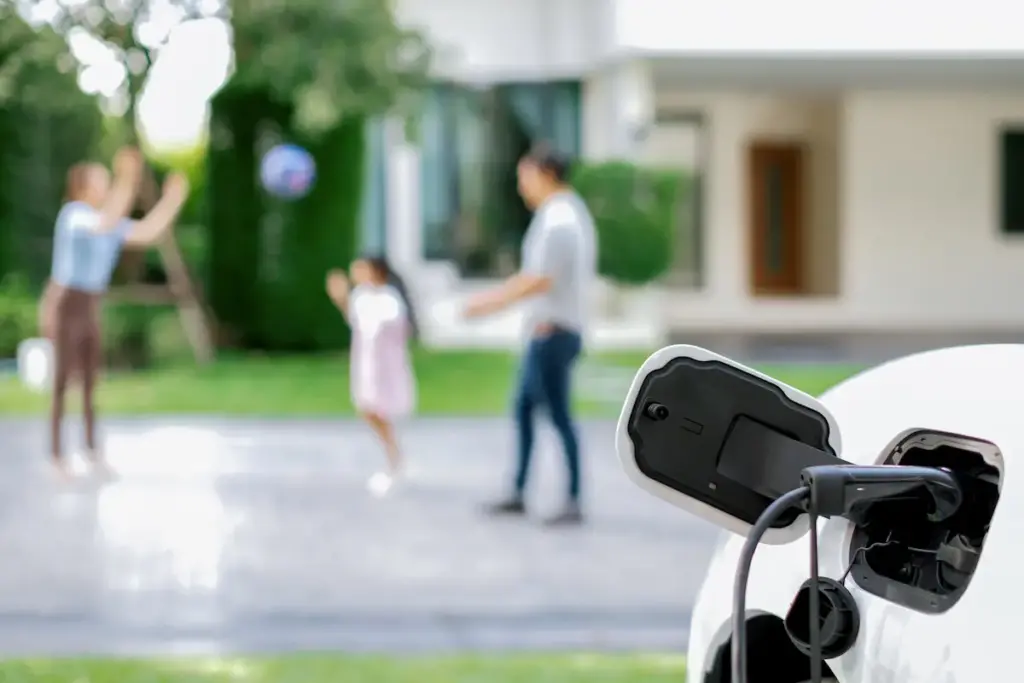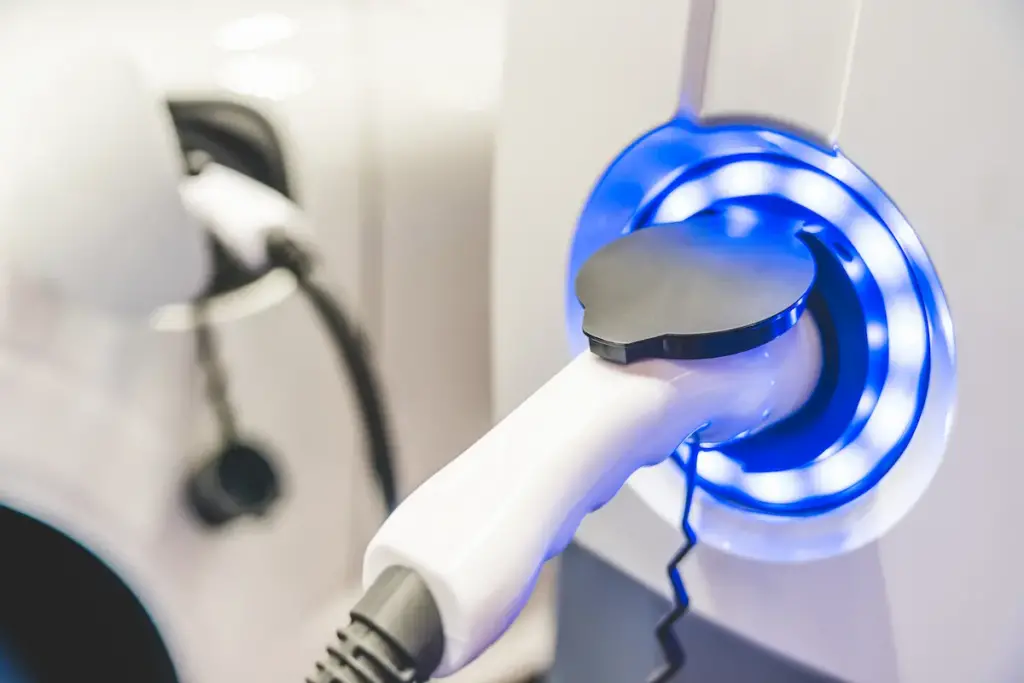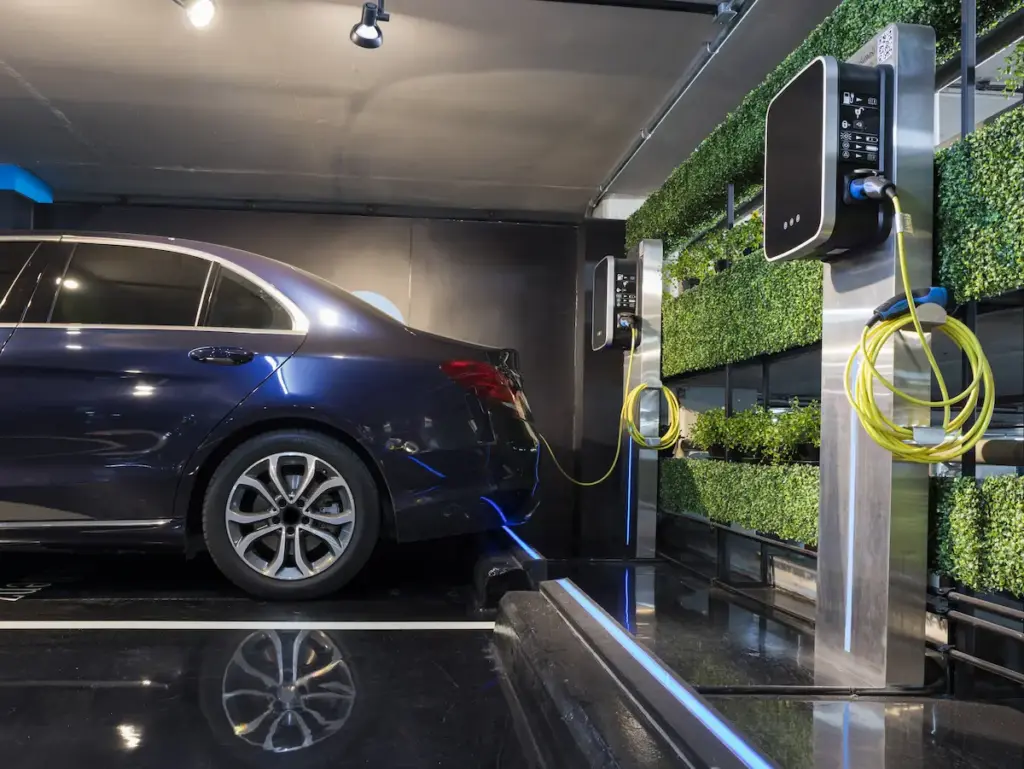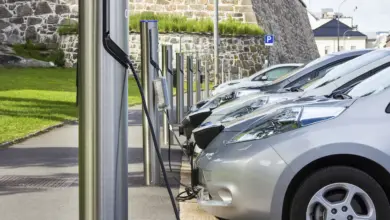How Long Does It Take For An Electric Vehicle To Charge?
How Long Does It Take For An EV To Charge?
Electric vehicles (EVs) have been rapidly gaining popularity in recent years due to their eco-friendly nature and lower operating costs. As the world moves towards a more sustainable future, the adoption of EVs has become increasingly important. However, one of the major concerns for potential EV owners is the charging time required for these vehicles.
Understanding the charging time for an electric vehicle is crucial for several reasons. Let’s take a look at how long does it take for an electric vehicle to charge.

Types of Electric Vehicles
Before diving into the details of charging time, it’s important to understand the different types of electric vehicles available in the market.
Battery Electric Vehicles (BEVs)
Battery Electric Vehicles (BEVs) are fully electric vehicles that rely solely on rechargeable battery packs for their power.
Examples of popular BEVs include the Tesla Model 3, Nissan Leaf, and Chevrolet Bolt EV. These vehicles require charging from an external source and do not have an internal combustion engine.
Plug-in Hybrid Electric Vehicles (PHEVs)
Plug-in Hybrid Electric Vehicles (PHEVs) combine a conventional internal combustion engine with an electric motor and a rechargeable battery pack.
Examples include the Toyota Prius Prime and the Chrysler Pacifica Hybrid. PHEVs can be charged from an external source and also generate electricity through regenerative braking and the internal combustion engine.

Enjoying this article? Also read: Are Electric Vehicles Better For The Environment?
Fuel Cell Electric Vehicles (FCEVs)
Fuel Cell Electric Vehicles (FCEVs) use hydrogen fuel cells to generate electricity, which powers an electric motor. Examples include the Toyota Mirai and the Hyundai Nexo. FCEVs require hydrogen refueling stations, which are currently limited in availability.
Hybrid Electric Vehicles (HEVs)
Hybrid Electric Vehicles (HEVs) combine a conventional internal combustion engine with an electric motor and a small battery pack. Unlike PHEVs, HEVs cannot be plugged in to charge their batteries; instead, the batteries are recharged through regenerative braking and the internal combustion engine. Examples include the Toyota Prius and the Honda Insight.
Each type of electric vehicle has different charging infrastructure requirements and charging times, which will be discussed in the following sections.
Enjoying this article? Read: What Happens To Old Electric Vehicle Batteries?
How Long Does It Take For An Electric Vehicle To Charge?
The time it takes to charge an electric vehicle can differ greatly based on a number of factors. If you are using a level 1 standard 3-pin plug to charge your electric vehicle, it will typically pull about 1-2KW/h, which adds about 8-18 miles of range per charging hour. This is quite slow and can take between 15 -20 hours to charge the battery from 20% to 80%.
For faster home charging, most EVs come with level two chargers that supply up to 7KW power. These chargers enable you to drive between 30–60 kms per hour meaning that its total charging time is reduced significantly. To have a complete charge from the low capacity of approximately 20% up to around the high capacity of about 80%, you need between eight and twelve hours.
It’s also worth mentioning that charging times may change depending on your electric vehicle model, battery size, and its age or condition as well Extreme temperature conditions can also affect how fast batteries get charged as the battery management system would limit the rate they are getting charged in order not to damage them.

Looking for the most reliable EV? Read: Most Reliable Hybrid Cars In Australia
Charging Infrastructure
The availability and accessibility of charging infrastructure play a crucial role in determining the overall charging experience for electric vehicle owners. When buying an EV, your next challenge is to find a quality EV installer to come to your home and install the EV Charger Installation Melbourne.
Open Charge Point Interface (OCPI) Protocol
The Open Charge Point Interface (OCPI) is a communication protocol that enables interoperability between different charging networks and service providers. It allows EV owners to access and pay for charging services seamlessly across different charging station networks, increasing convenience and reducing fragmentation.
Types of Charging Stations
Charging stations can be classified into several types based on their charging level, connectivity, and location:
- Residential Charging Stations: These are Level 1 or Level 2 charging stations installed at homes, allowing EV owners to charge their vehicles overnight or during extended periods.
- Public Charging Stations: Public charging stations can range from Level 2 to DC Fast Charging and are typically located in parking lots, shopping centers, workplaces, and along highways. They provide convenient charging options for EV owners on the go.
- Fleet Charging Stations: These charging stations are designed for commercial and government fleets, providing dedicated charging infrastructure for their electric vehicle fleets.
- Wireless Charging Stations: Although still in the early stages of development, wireless charging stations use inductive charging technology to charge EVs without the need for physical cables.
Charging Station Locations and Availability
Different regions and local infrastructures can greatly vary in terms of the availability or accessibility of charging stations. There are several online resources and mobile apps that provide accurate information regarding charging station locations, enabling EV owners to plan adequately for their journeys or rather stops as they charge.
Charging Infrastructure Development and Trends
With the rise in the number of electric vehicles, there is also a growing demand for related infrastructure. Governments, car manufacturers, and other private sectors are putting money into public charging networks while encouraging the installation of these facilities both in urban residential areas and at commercial premises.
Charging Time Factors
The charging time for an electric vehicle depends on several factors, including:
Level of Charger
The charging time is heavily influenced by the level of charger being used. There are three main levels of charging:
- Level 1 (120V): This is the slowest charging method, using a standard household outlet. It typically provides around 5-8 miles of range per hour of charging.
- Level 2 (240V): This is the most common charging method for residential and public charging stations. It can provide around 16-32 miles of range per hour of charging, depending on the EV and the charger’s output.
- DC Fast Charging (480V+): This is the quickest charging method, typically found at public charging stations along highways and in some urban areas. It can provide up to 200 miles of range in as little as 30 minutes, depending on the EV and the charger’s output.
EV Battery Size and Fullness
The charging time shall also be influenced by the size of the EV’s battery pack and its current state of charge. Mostly, bigger battery packs take a longer time to charge while a battery with lower SOC takes a longer time to charge compared to one with higher SOC.
Temperature in the Charging Area
Electric vehicle charging times can be affected by extreme weather conditions. Very cold and very hot temperatures may slow down the charging process as the battery management system limits the charge rate in order to protect the battery.
Conclusion
The time period for which an electric vehicle is charged specifically relies on the kind of EV, charging levels, size, and technology in battery and charging infrastructure that is available. Although charging times vary, developments in battery technology and faster chargers are constantly improving the charging experience enjoyed by EV owners.
Towards a greener future where electricity reigns supreme, we need to understand what it takes to charge an electric vehicle. Charging time, availability of infrastructure, as well as battery technology, should be considered to enable consumers to make informed choices when deciding on their mode of transport or lifestyle.



